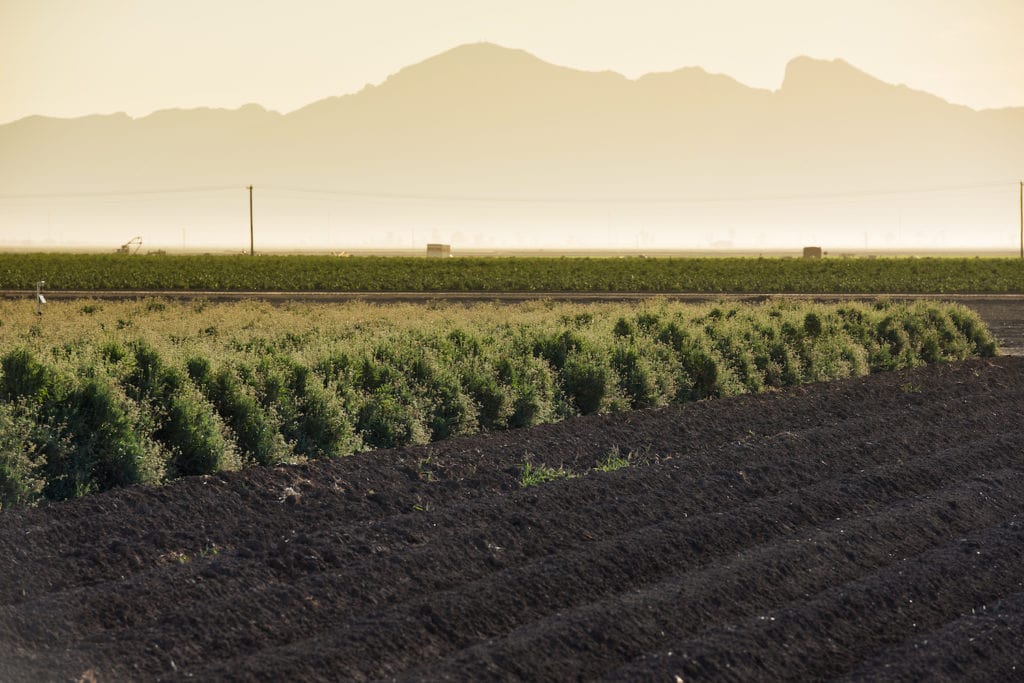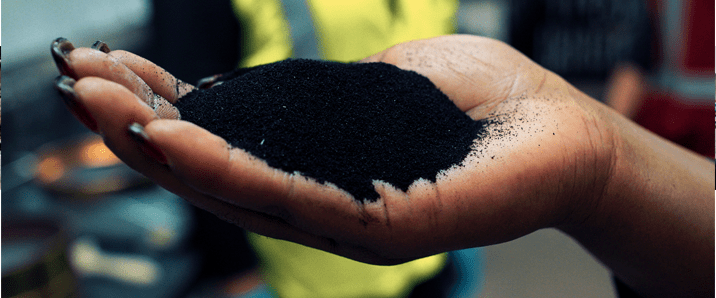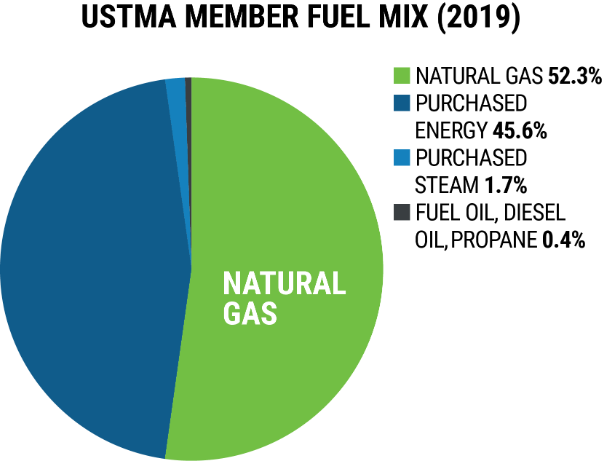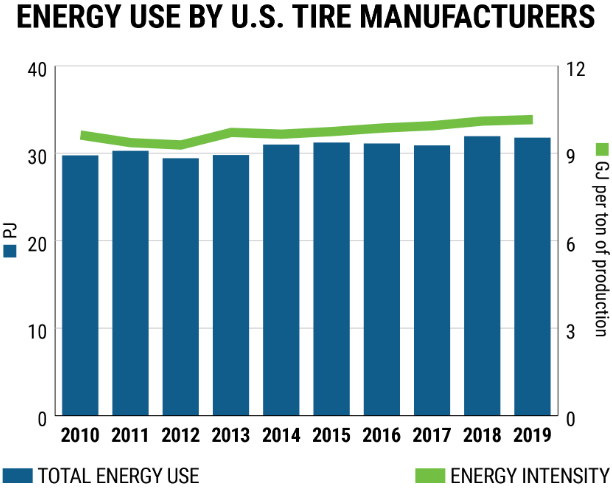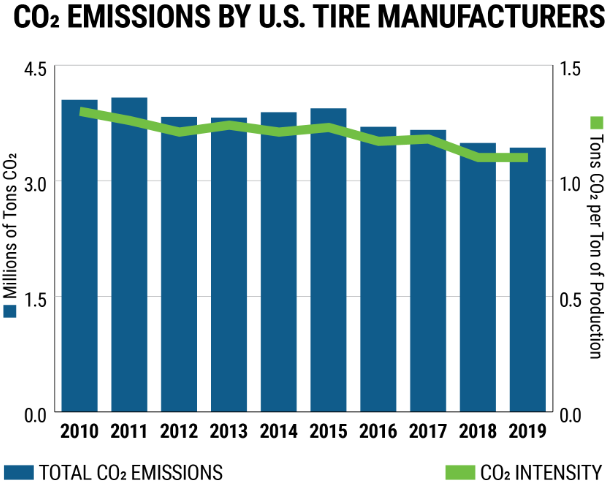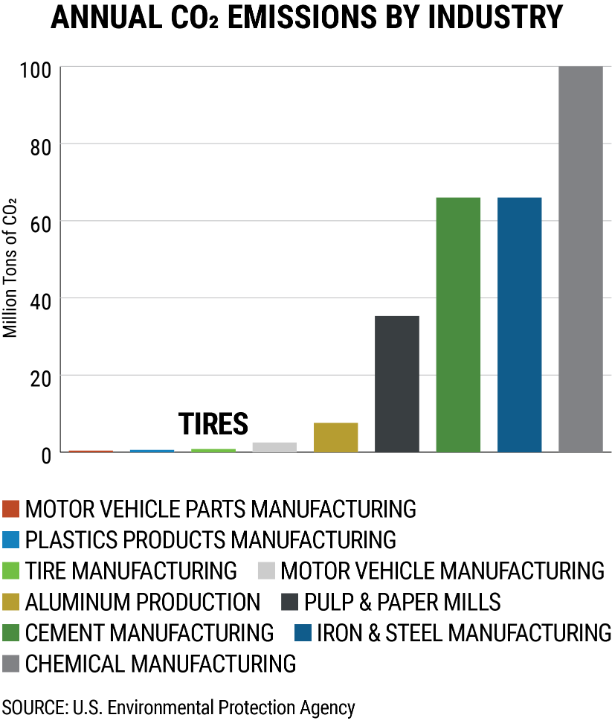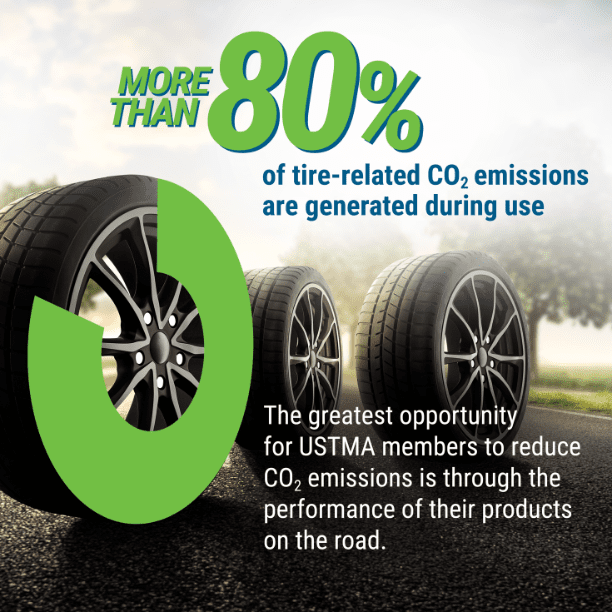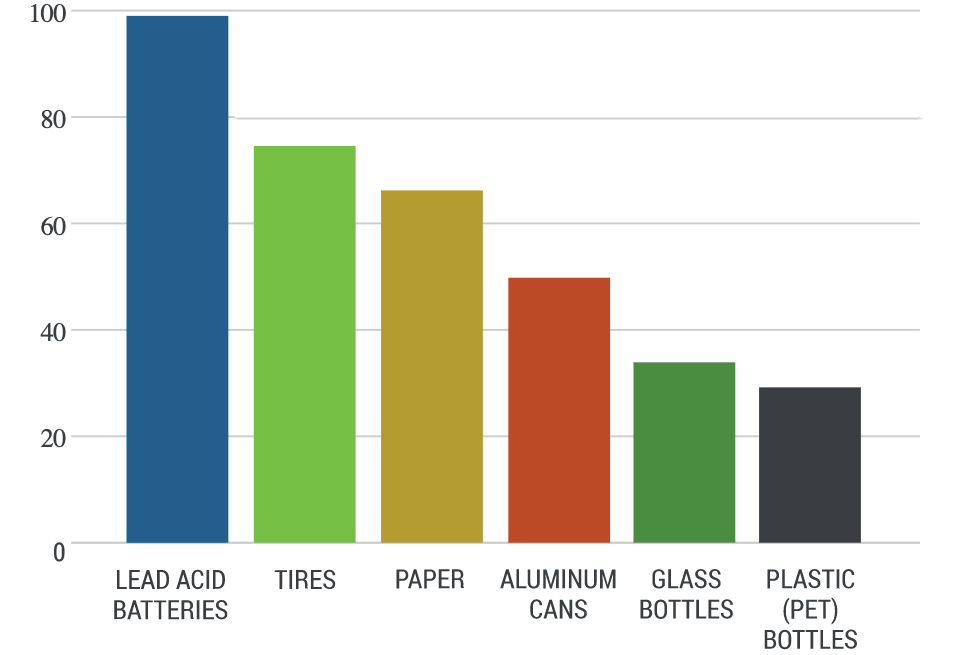Boosting Rolling Efficiency Through High-Tech & Best Practices
Tires are highly engineered products that must meet stringent safety and performance standards. Tire design is an exercise in balance and choice. Rolling efficiency, wet traction and tread wear are three of the key performance factors USTMA members must balance and, traditionally, favoring one attribute came at a cost to the other two, the sweet spot between them depending on the application. Today, thanks to innovative materials and manufacturing technologies, tires with improved rolling efficiency entail fewer performance tradeoffs.







